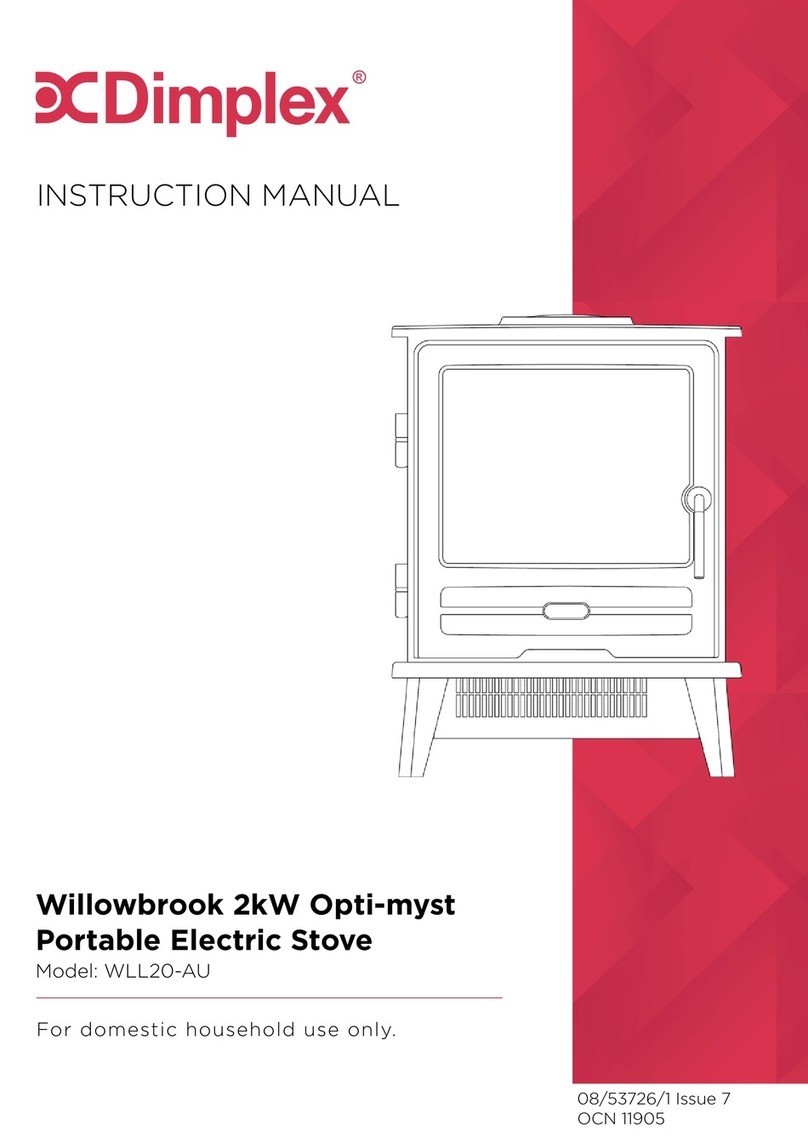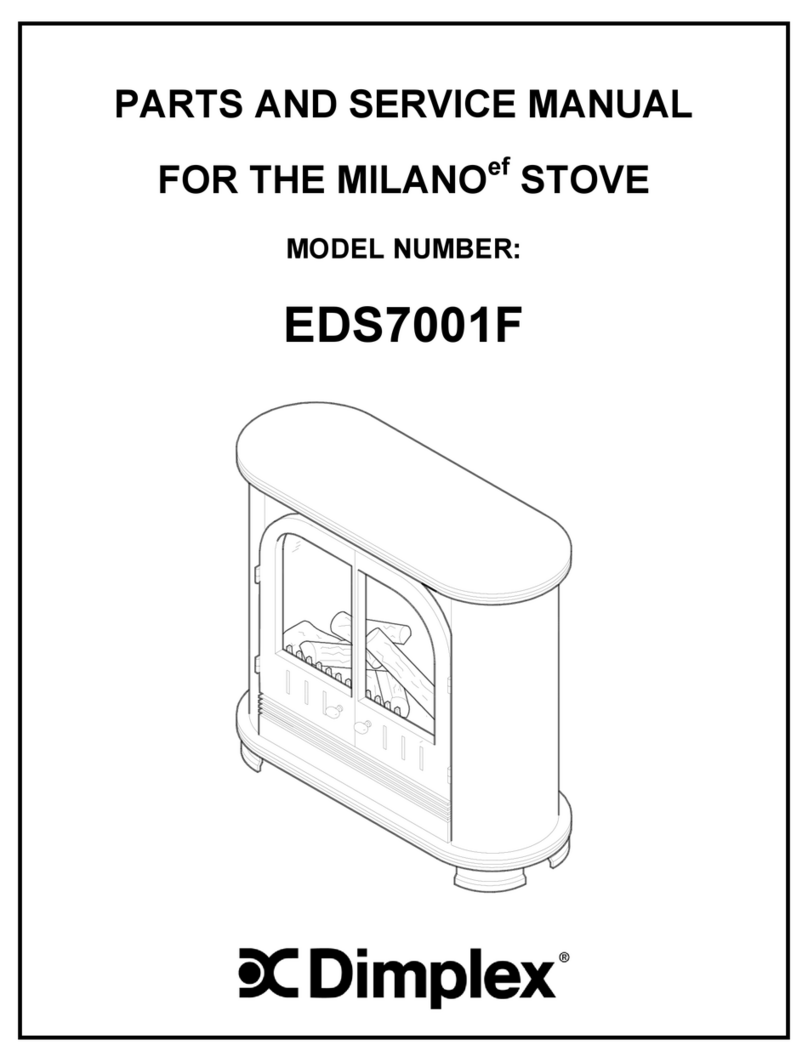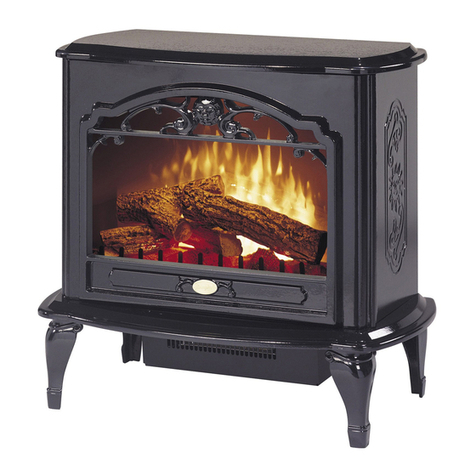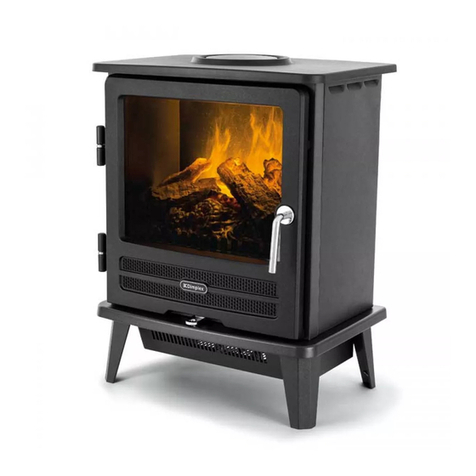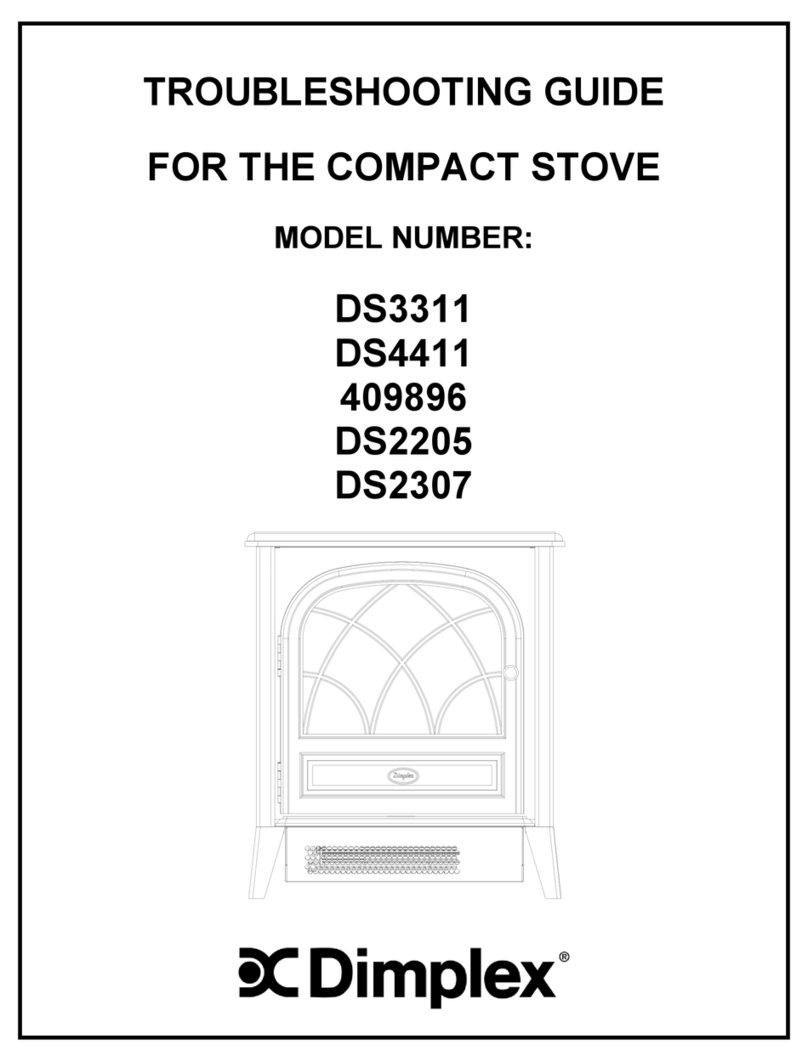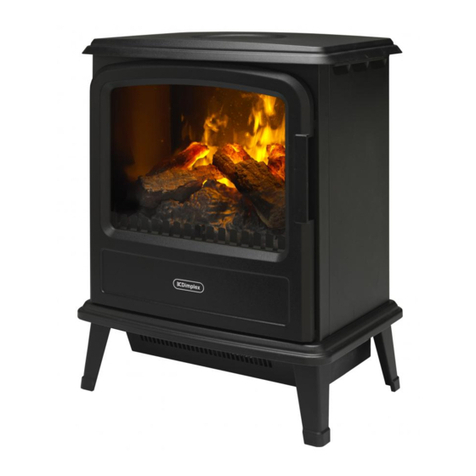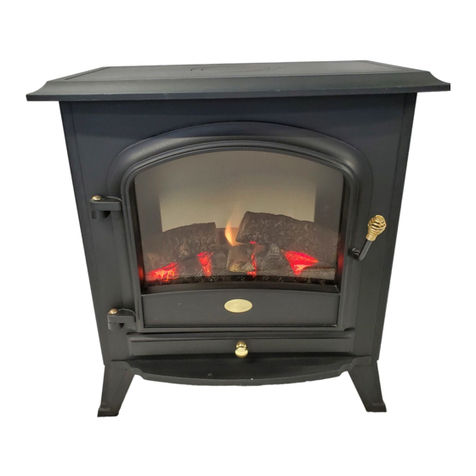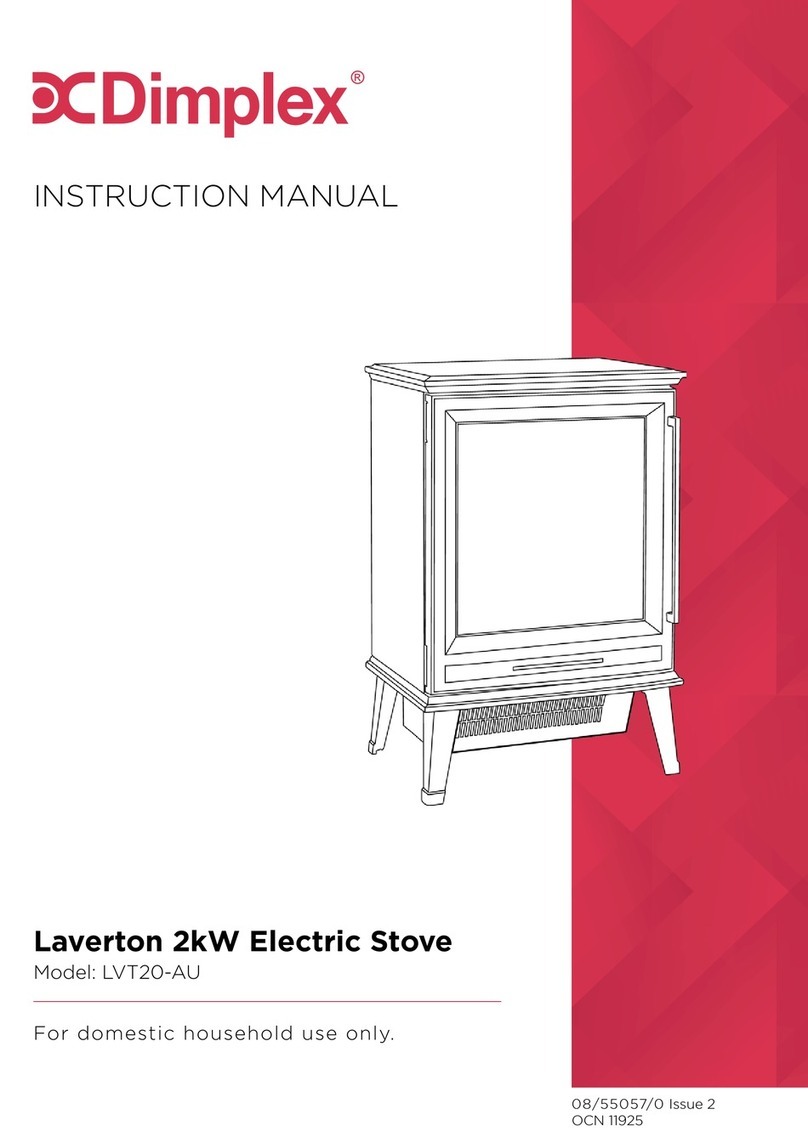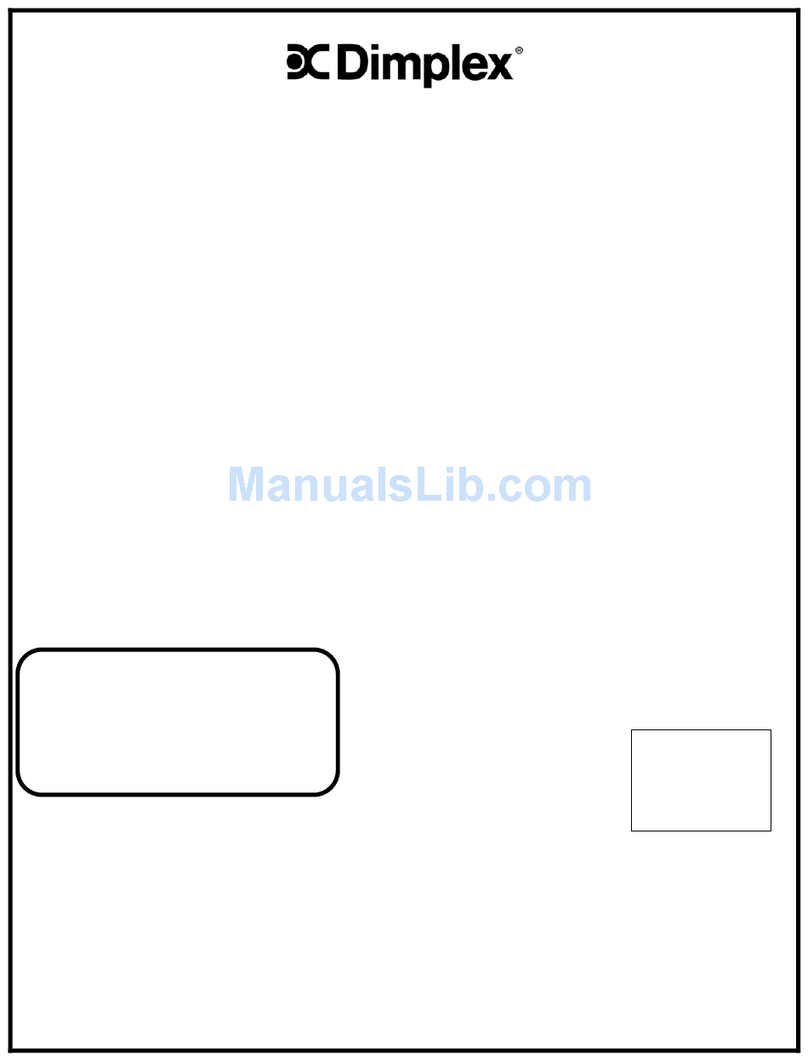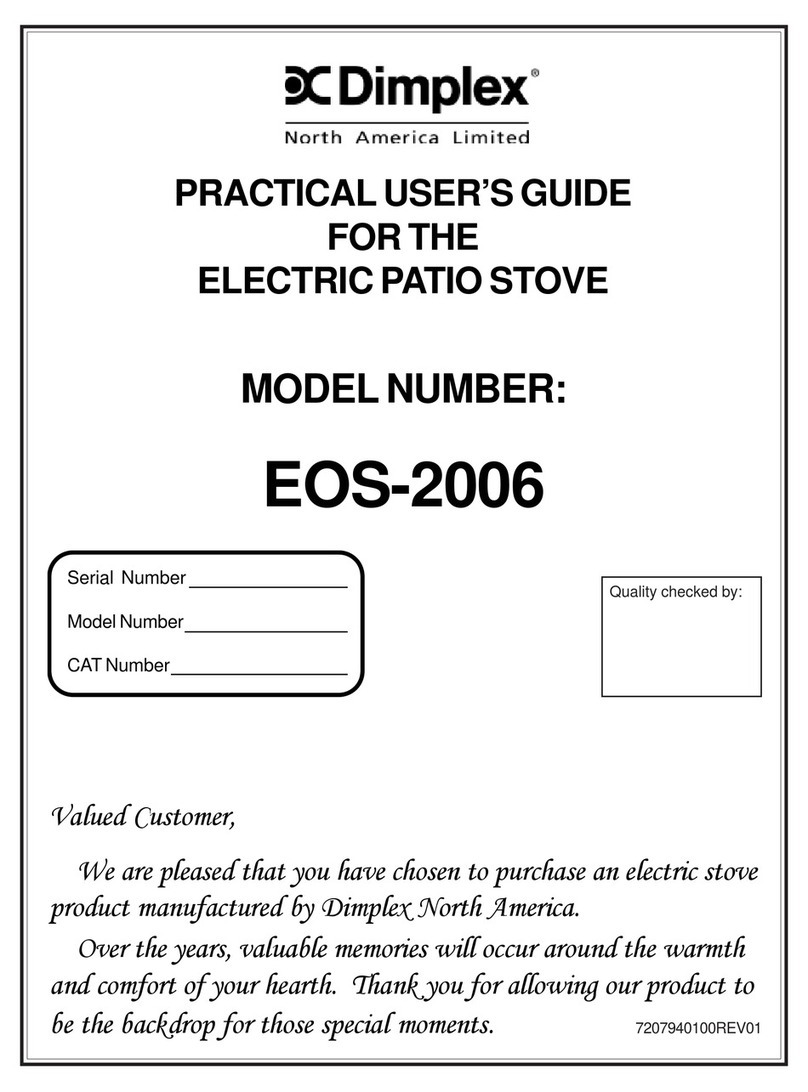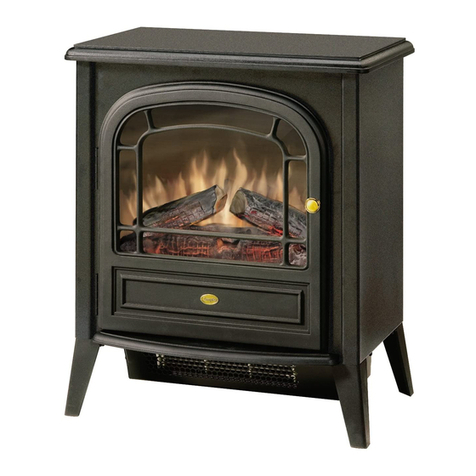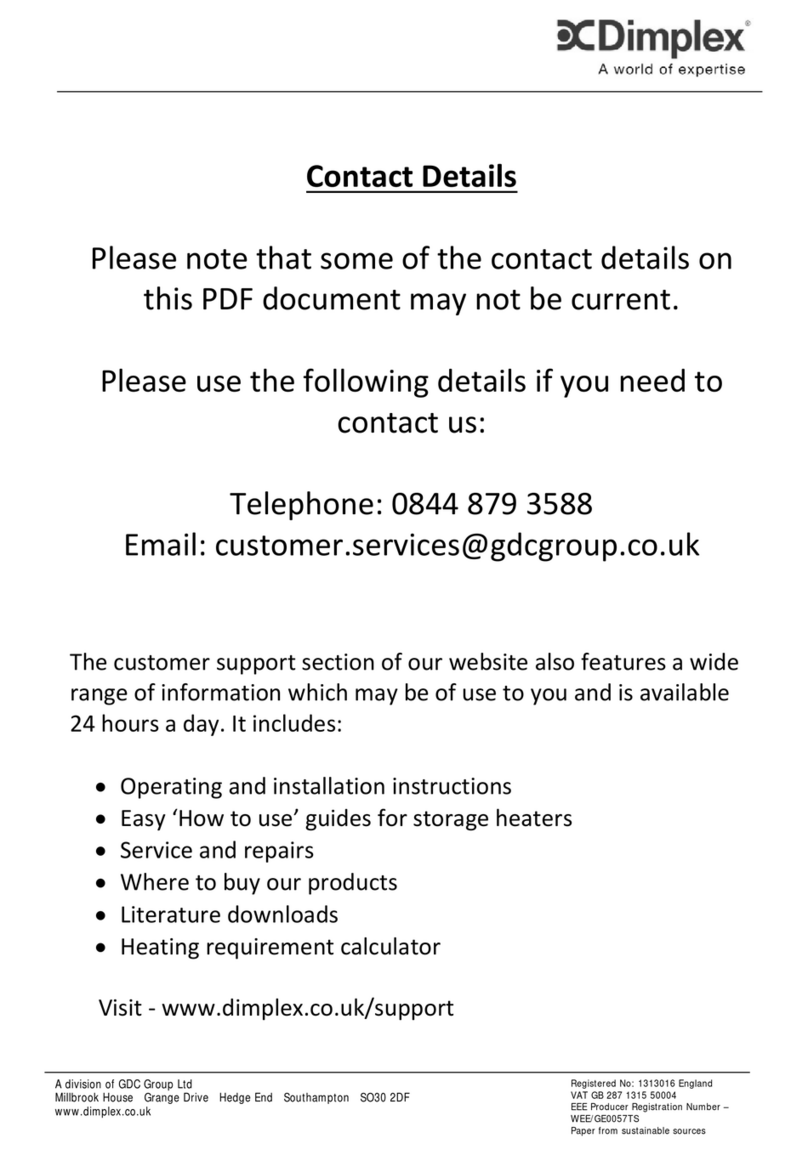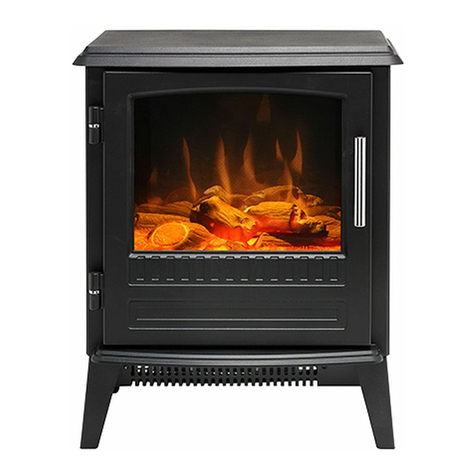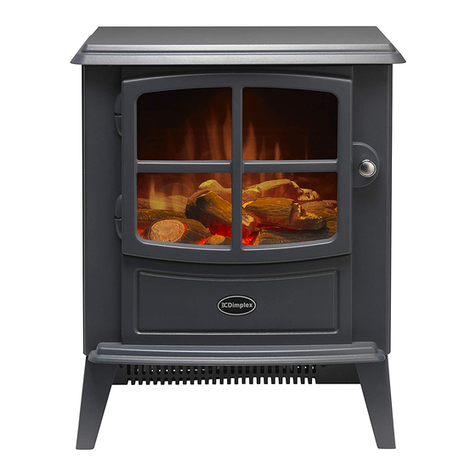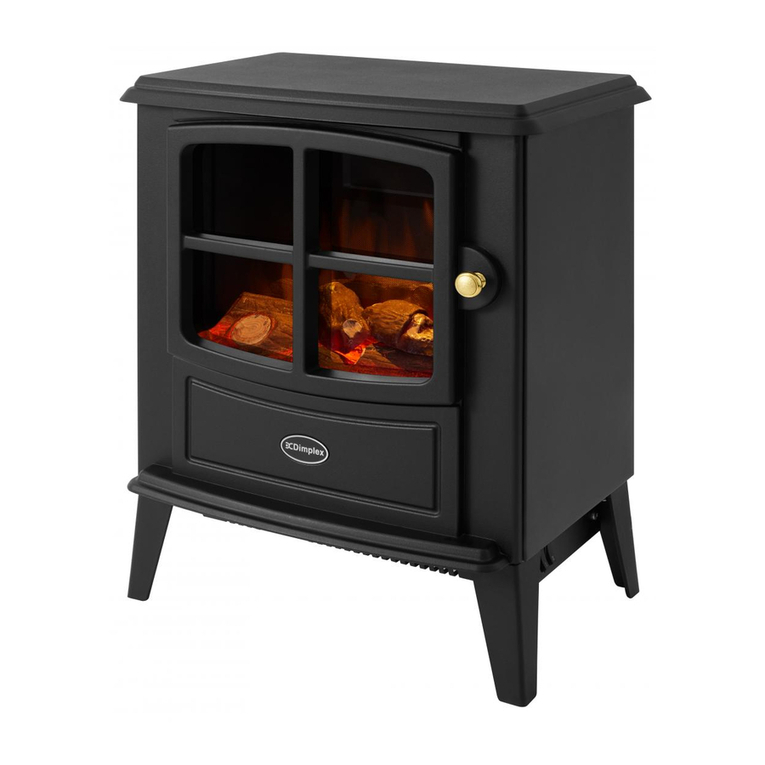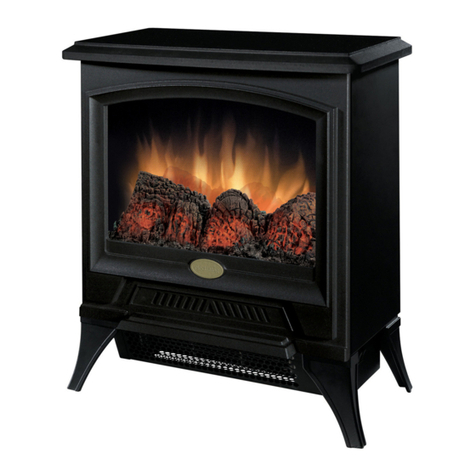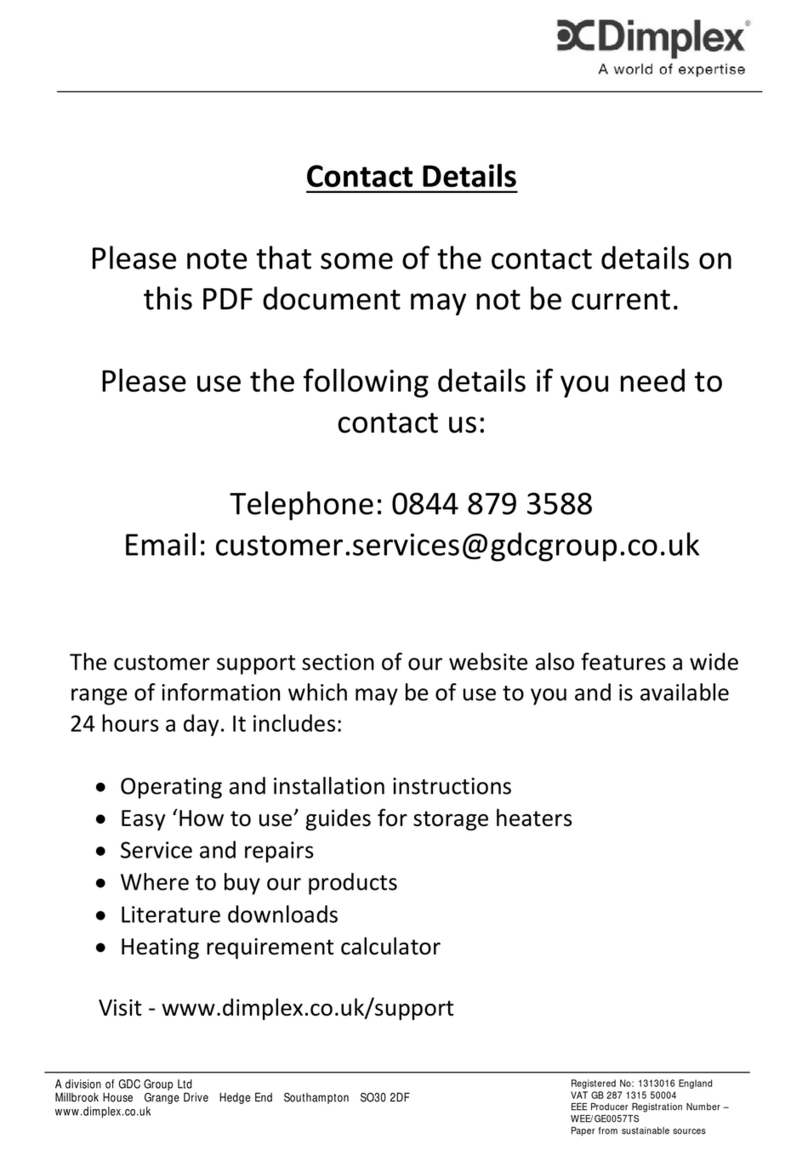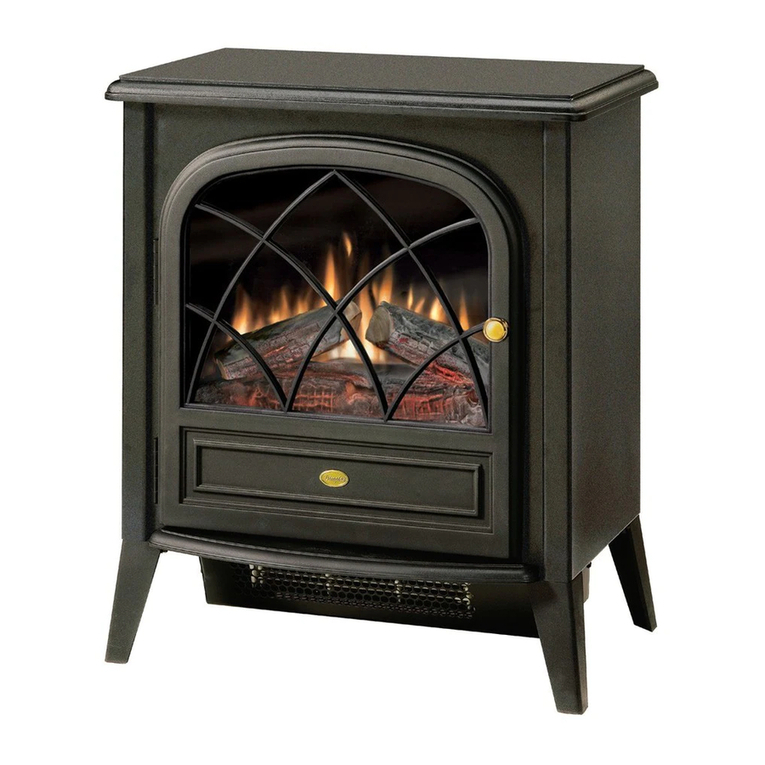Flue Deposits
If the chimney was previously used as an open re, it is possible
that the higher ue gas temperatures generated by the stove
may loosen deposits that were previously adhered to the inner
surface of the ue pipe which could cause blockage of the ue
pipe. We recommend that in this situation a second sweeping of
the chimney should be carried out within one month of initial stove
use after installation.
Flue Draught
The chimney should be checked before the stove is installed to
ensure that there is adequate ue pull. The draught can be checked
initially by using a smoke match close to the ue opening. If the
chimney doesn’t pull the smoke it may suggest that the chimney
needs further attention. Any remedial work to the chimney ue
should be carried out by a suitably Qualied Engineer.
A ue draught of minimum 12 Pascal to maximum 25 Pascal is
required for satisfactory appliance performance. The ue draught
should be checked under re at high output and if it exceeds the
recommended maximum a ue draught stabiliser (or ue damper
as it is also known) must be tted so the rate of burning can be
controlled and prevent overring.
Room Ventilation
For safe operation this stove must be provided with combustion
air supply in addition to normal room ventilation, in accordance
with Building Regulations. Minimum ventilation requirements vary
depending on whether the dwelling is considered to be of standard
construction or of airtight construction, or if a ue draught stabiliser
has been tted. The required open air vent sizes are as follows:
Table 4
Standard build dwellings {air permeability >5.0m³ /(h.m²)}
No Flue Stabiliser No additional vent required
With Flue Stabiliser 15 cm²
Airtight build dwellings {air permeability ≤5.0m³ /(h.m²)}
No Flue Stabiliser 27 cm²
With Flue Stabiliser 42 cm²
An extractor fan must not be used in the same room as this
appliance.
Floor Protection & Installation Clearances
In all instances the stove should be positioned on a non-
combustible hearth. The construction of the hearth must conform
to Building Regulations, must be rm, non-combustible and capable
of supporting the stove. Care should be taken to ensure the stove
is level and the hearth is secure. The hearth itself should not be
less than 125mm thick, including the thickness of the oor and
any decorative top surface (e.g. tiling). Allow an apron of at least
300mm at the front of the stove in case of spills when de-ashing.
(Fig 4) shows the minimum distances required from the hearth
edge to the sides of the stove.
The stove can also be recessed in a suitable sized replace. We
recommend a permanent free air gap of at least 100mm should be
left around the sides and rear where possible and 300mm around
the top to obtain maximum heat output and for access to the rear
of the stove for maintenance and cleaning.
Place the product in the desired location on reproof hearth taking
note of installation clearances from adjacent walls (Fig 5). Adjust
the screws on the bottom of the feet to ensure the stove is level
and steady (see ‘A’ Fig 2). The stove can be screw xed to the
oor when placed in the desired position, using the holes provided
in the feet.
- 2 -
The minimum safe distances to combustable materials that
must be observed are 450mm (sides) and 400mm (rear).
Any surrounding combustible material should not exceed 80°C.
Furniture and general soft furnishings should be kept at a safe
distance of 900mm from the stove and ue pipe.
Flue Pipes
The ue pipe used to connect to the stove should be made of cast
iron, 316 grade stainless steel or vitreous enamelled steel, nominal
thickness 1.2mm. The diameter of the ue pipe should be 125mm
(5”) for the Westcott 5 clean burn model.
Connect the ue pipe to the stove making sure that it ts snugly
into the base of the ue collar (Fig 3). Seal the collar and ue
connection with re cement or with other suitable high temperature
sealant. Add ue sections as required; note that all ue sockets
must face upwards. Ensure that the ue pipe end is no closer
than 76mm to the side or rear of the chimney walls. It is essential
that all connections between the stove and the chimney ue are
sealed and made airtight.
Avoid using bends greater than 45° to the vertical (Fig 6). All ue
pipes should be as close to vertical where possible. Both chimney
and ue pipe must be accessible for cleaning and if ALL parts
of the chimney cannot be reached, a soot door must be tted to
enable this to be done.
Typical installation for Inglenook Fireplaces
Inglenook replaces can have very large bore chimneys (Fig 7).
Check with your installer – you may need a stainless steel exible
ue liner for solid fuel tting.
Flue Damper (Not Supplied)
When burning wood, a ue damper may be tted to reduce the
draught through the stove if the draught is too high. When the
damper is set in the open position the chimney draws at full
draught, increasing the volume of air ow through the stove and
ue. Shutting the damper restricts the ow, slowing the rate of
burning. The damper should be tted to the stove ue and should
be the same size as the ue pipe. As a rule it should be tted no
closer than 700mm from the ue outlet of the appliance.
A ue damper should not be tted when burning solid fuels
other than wood.
Commissioning
Upon completion of installation, the stove and ue system should
be tested by a suitably qualied person to make sure it is safe for
normal use. A smoke draw test should be completed to check for
soundness of joints and seals and also that all smoke and fumes
are taken from the appliance up the chimney and emitted safely.
First warm the ue with a blowlamp or similar for about 10 minutes.
Place a lit smoke pellet on the centre of the grate with the air
controls open. Close the door – the smoke should be drawn up the
ue and be seen to exit from the ue terminal. Complete the test
with all windows and doors shut in the room where the appliance
is tted. If a ceiling fan is present it must be operated on max for
the duration of the test. If there are any extraction fans in adjacent
rooms these too must be operated on maximum setting during the
test with the interconnecting doors open. If any spillage occurs,
recheck the suitability of the ue system making sure there is
adequate air supply to the room (as per Building Regulations).
Light the appliance and slowly increase the temperature to medium
operating levels. The stove should not be run at full output for the
rst 3-4 burn cycles. Open the main re door when the appliance
reaches normal operating condition and carry out a spillage test
using a smoke match or pellet around the door opening. If any
spillage occurs, open all windows, allow the re to go out and
recheck the ue system and ventilation.
